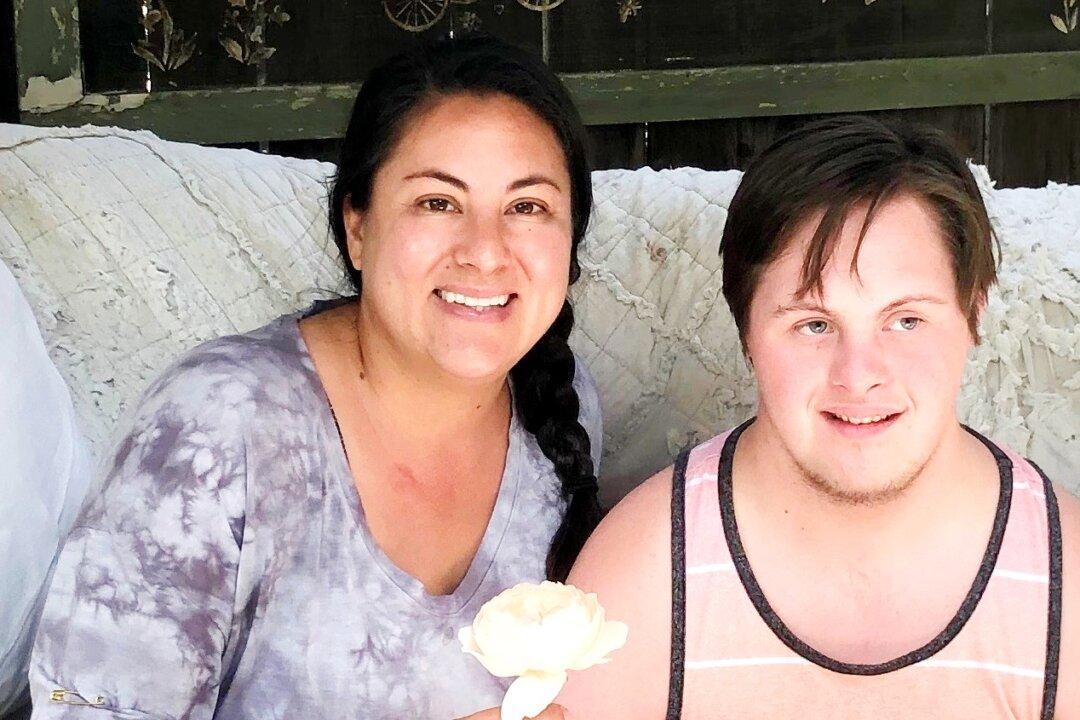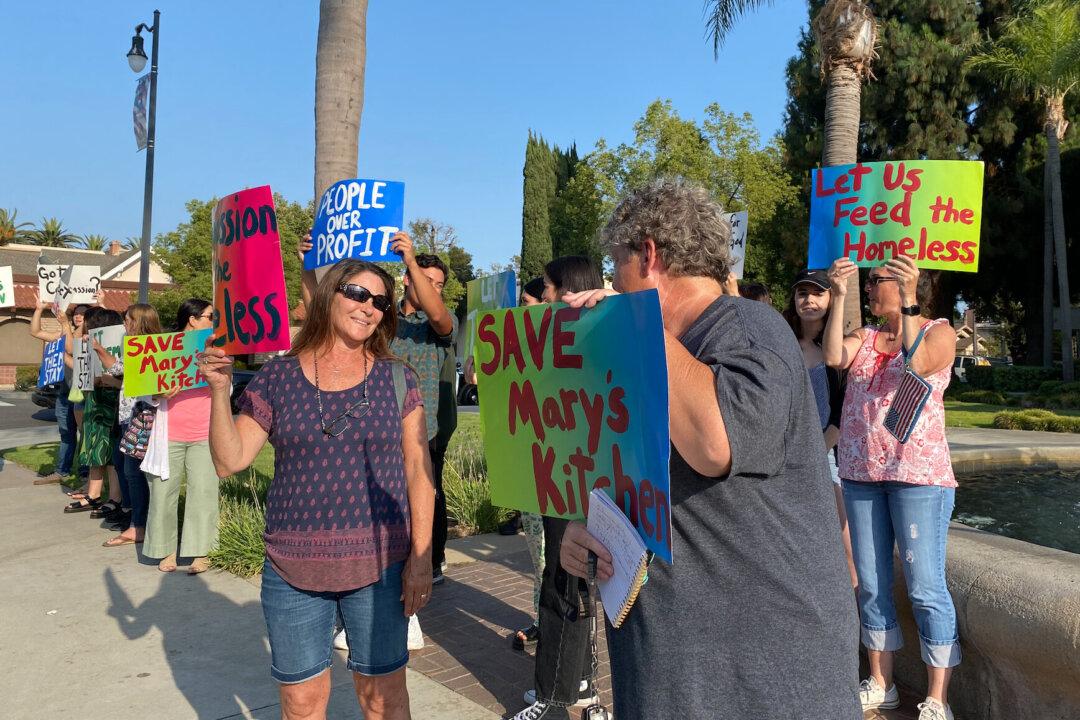ORANGE, Calif.—Bradly Baker, who has Down syndrome, is a sophomore at Orange High School in Orange, California. The transition to at-home learning disrupted a routine that he’s relied on for years.
“He’s very routine, very schedule-based,“ his mother, Lynda Baker, told The Epoch Times. ”He knows Monday through Friday what his day is going to look like. And when this sudden shutdown of the schools happened, that changed.”





